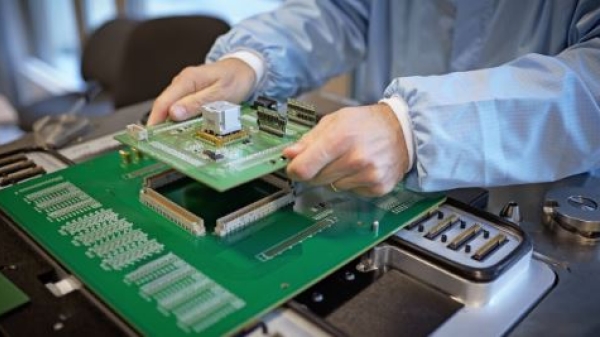ASU photosynthesis research to receive continued funding
A research project led by Arizona State University assistant professor Anne Jones is one of three focusing on improving the efficiency of photosynthesis to receive continued funding from the National Science Foundation (NSF) and the U.K.'s Biotechnology and Biological Sciences Research Council.
Jones’ team within ASU’s Department of Chemistry and Biochemistry is working to capture unused energy created during photosynthesis, which would otherwise be dissipated, and transfer it to a second cell for fuel production. This “plug-and-play” method attempts to repurpose bacterial nanowires – tiny, electrically conductive wires present in some bacteria – to form an electrical bridge that will transfer energy from light-capturing cells to fuel-producing cells.
The two other projects receiving additional funding are Multi-Level Approaches for Generating Carbon Dioxide (MAGIC), led by John Golbeck of Pennsylvania State University, and Combining Algal and Plant Photosynthesis (CAPP), led by Martin Jonikas of Stanford University.
Each team is working toward the common goal of developing methods to increase yields of important crops that are harvested for food and sustainable biofuels. If the research is successful, it may also be used to support reforestation efforts.
Jackie Hunter, council chief executive said, "Nature barely skims the surface when it comes to photosynthesis and making use of the sun's energy. There is huge room for improvement and these research projects are taking steps to help us to unlock hidden potential that could benefit us all. Using the sun's energy more efficiently means a greater potential to produce fuel, food, fibers, useful chemicals and much more."
Article source: National Science FoundationMore ASU in the news

Supply chain effects of Baltimore bridge collapse

Arizona State University helping prepare people for careers in growing semiconductor industry
